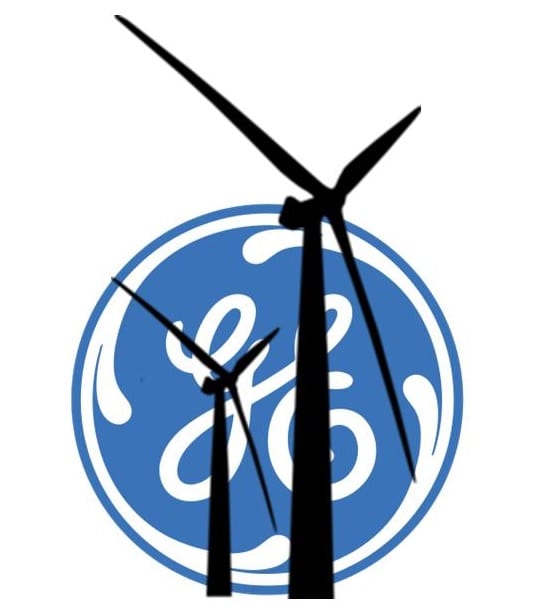GE unveils technology that could boost wind energy productivity
October 15, 2013Wind energy becomes more attractive with help from GE technology
General Electric has unveiled new technology for its wind turbines. The technology is designed to boost the energy production of the company’s turbines significantly, making wind energy a more viable alternative to more conventional forms o power. General Electric has become one of the biggest names in the wind energy sector and has wind projects under development in the U.S. and throughout the rest of the world. The company’s new technology may help boost the attention that wind energy is receiving and make it more attractive to countries looking to break away from fossil-fuels.
PowerUp boosts production by 5%
General Electric claims that its technology can boost the energy production of wind turbines by as much as 5%. This would represent a 20% increase in profit per wind turbine. The technology is called PowerUp and is one of 14 similar technologies that General Electric has unveiled this month. The company plans to reveal another 10 technologies that promise to make renewable energy more attractive over fossil-fuels either by increasing productivity or improving efficiency.
 Technology adjusts wind turbines in real-time
Technology adjusts wind turbines in real-time
PowerUp is designed to adjust several factors of wind turbines in real-time, allowing wind turbines to better account for the speed and direction of wind. The technology offers recommendations on how performance can be improved as well, which allows technicians some insight on how to make wind energy systems more productive.
5% increase in production could produce enough electricity to power 165,000 homes
A 5% increase in energy productivity may not sound impressive, but it is a significant increase over the energy potential that modern wind turbines boast of currently. According to General Electric, a mere 1% increase in wind turbine productivity equates to approximately 420,000 megawatts worth of electrical power. A 5% increase in productivity would generate enough energy to power some 165,000 average homes throughout the U.S.

 With over 15 years of reporting hydrogen news, we are your premier source for the latest updates and insights in hydrogen and renewable energy.
With over 15 years of reporting hydrogen news, we are your premier source for the latest updates and insights in hydrogen and renewable energy.